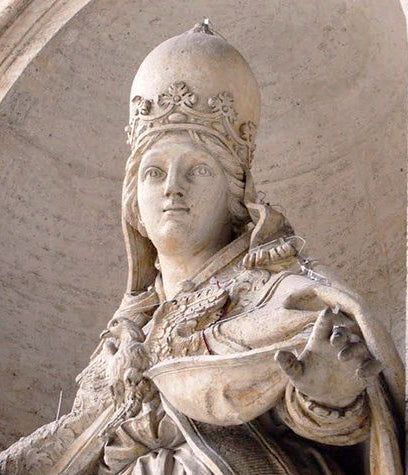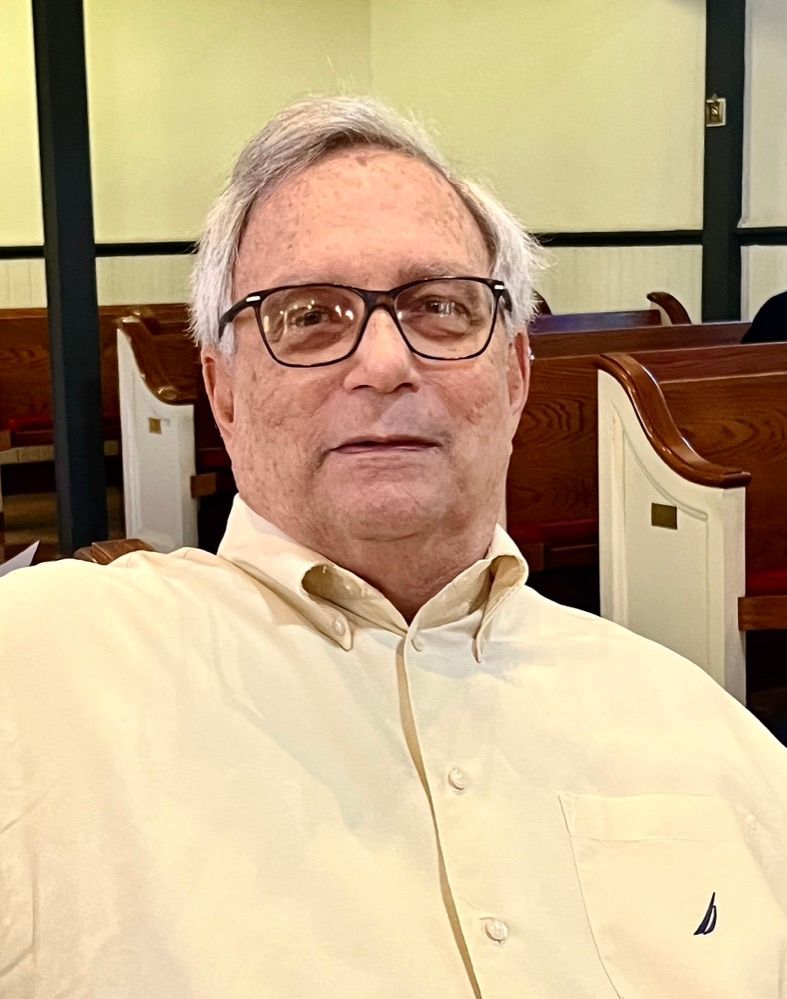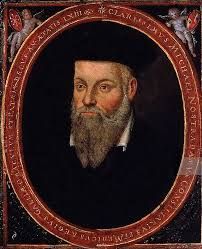Pope Joan

POPE JOAN
By John Santosuosso
Recent selection of the first American to the office of the Papacy and release of the film Conclave have renewed interest in the question of who may be selected as pope and thus become the spiritual head of the Roman Catholic Church and the secular leader of the Vatican City State (the Holy See). The actual requirements are much fewer than we might think.
Although no one other than a cardinal has been selected in over the last five hundred years, many early popes were not cardinals. You do have to be male, baptized in the Roman Catholic Church, physically and mentally capable of carrying out the duties, and willing to take on those responsibilities. At the time of your consecration to the office, you must be an ordained bishop. However, that can actually be arranged as late as the day of your consecration. One early and somewhat reluctant candidate was ordained deacon, priest, and bishop on the day of his consecration. The number is not certain, but several early Popes were also married. Although Episcopalians might acknowledge that Simon Peter was first among the apostles, Rome goes further and declares he was the first pope. If so, then the first pope was among the married popes (I Corinthians 9:5).
Though the legal requirements are few, one large group of baptized Roman Catholics is not eligible to be considered for the Church's highest office. These are the women, and they are not eligible to hold any office that requires ordination. Still, there is a persistent story that one woman, who disguised herself as a man and became highly respected as a church scholar, actually was selected Pope, and led the Church for several years. She is known in history and legend as Pope Joan.
The first references to Pope Joan date back to the 13th century in the writings of a Dominican historian, Jean de Mailly. He claimed that around the year 1100 Joan served as Pope for two years. Supposedly on a procession to the Basilica of St. John Lateran (the Pope's church as Bishop of Rome) she gave birth to a child. What happened after that is not clear. Some accounts say that along with the child she died immediately after giving birth. Others claim an angry mob seized her and killed her. At least one says the child did not die and later became a bishop. Still others move the entire story back to the mid-9th century. In any case, to this day popes avoid the spot where Joan supposedly died near the Basilica.
Although several books claiming that Joan was a real, historical person have been published in recent years, today most church historians think that she was nothing more than a fictional character in a Medieval legend. If that is accurate, then it is logical to ask why was the story written in the first place, and why did it become so popular. No definitive answer has
appeared, but most likely it is the product of some theological and/or political dispute within the Roman Church. Such disagreements were not rare, and sometimes the pen was the weapon of choice in the battle with one's opponents.
Will ordained offices in the Roman Catholic Church ever be opened to women? At the present time the possibility does not look promising, but it is impossible to say what changes may occur in the future. While the Episcopal Church and the entire Anglican Communion were slow to ordain women, the benefits of having done so are obvious. Several years ago Janet and I had the pleasure of hearing Katharine Jefferts Schori speak at our Diocesan Annual Convention. At the time she held the highest office in the Episcopal Church, that of Presiding Bishop. She brought to that office an unusual educational background, having earned a Ph.D. in oceanography from Oregon State University. To hear her is to know she is a person full of compassion and willing to take on the task of following our Lord no matter what the cost. Unlike the Pope, she had few tools and weapons available when seeking to carry out her responsibilities as leader. Like the King of England, it could be said she reigned but did not rule. Her most powerful "weapons" were probably the arts of listening and persuasion. However, she mastered those well and guided the Church
through some difficult times. It would have been a great tragedy if she had been denied her office because of her gender.
My hope is that the Episcopal Church will always be one that recognizes everyone has some God-given talent and a role to play in the building of God's Kingdom. Let us pray that as a church and as individuals we will work to make it possible for everyone to participate by using their talents. Let us pray that together we will tear down walls and build bridges.







